
1. Why are more people now keen on the digital currency contract market?
The current Web3 crypto market seems to be a bull market, but with BTC over $110,000 each, will you buy? Retail investors almost unanimously say no because there won’t be much space in the spot market, and most altcoins are unlikely to exceed the highs of previous cycles, so the market ecology has also changed. In the past, when there was only spot trading, retail investors were mostly just trapped; they would gradually lower their expectations over several months or even years, shifting from hope to disappointment to oblivion.
2. The crazy funding rates that exploit people

The contract market is like a giant meat grinder, where the cruelty of zero-sum games is vividly manifest. You think you're trading, but you're actually paying fees to the exchanges and market makers. Many coins are pumped to trigger short squeezes, dumped to trigger long squeezes, and consolidated to eat up funding rates; in any case, it's retail investors picking up the bill. Now, contracts have doubled the efficiency of losses — whether the price rises or falls, liquidation occurs. Look at the harvest of many low-market-cap cryptocurrencies; how many people have been killed by both longs and shorts? The market makers are no longer just pumping and dumping but are precisely detonating contract positions.
3. Analyzing the background of MYX
$MYX is currently experiencing extreme price fluctuations. Over the past three days, its price skyrocketed from $0.113 to $2.1, an increase of over 1800%. However, within just 24 hours, the price plummeted to $0.821, currently reported at $1.88.
It is said that MYX's early investment institution Hack VC withdrew 1.27 million MYX (approximately $2.157 million) from the airdrop contract within 7 hours. Among them, 445,000 were sold at an average price of $1.68 through an address starting with 0x259, totaling $747,000.
In the rollercoaster market of tokens, Binance's contract trading volume surged to $7 billion in a single day, with intense long and short battles.
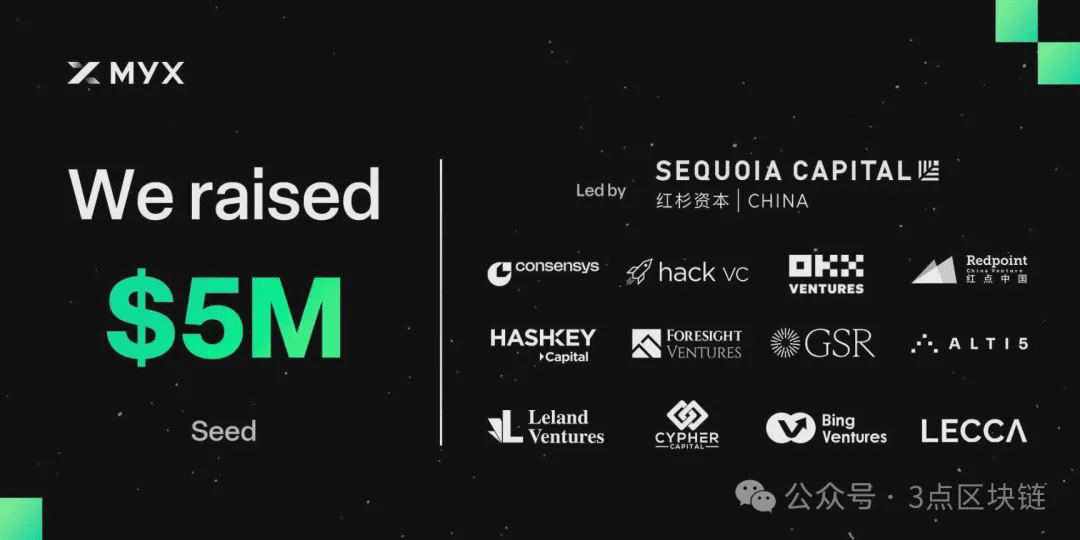
Why has MYX experienced drastic price fluctuations over several days?
Going back to November 2023, MYX.Finance secured $5 million in seed funding with a valuation of $50 million. Sequoia China led the investment, followed closely by more than a dozen leading institutions including Consensys and Hack VC.
With the help of capital, MYX.Finance debuted with its unique MPM (Matching Pool Mechanism) engine. It promises zero slippage trading, with on-chain leverage of up to 125 times to tackle the pain points of on-chain derivatives.
In June 2024, MYX.Finance became one of the first projects in the Linea Ecosystem Investment Alliance (LEIA). At the end of July this year, Linea officially announced the upcoming TGE and has revealed the tokenomics.
On August 6, the decentralized trading platform Etherex, launched by Linea, Consensys, and Nile, will introduce its native token REX, with MYX.Finance as a project partner.
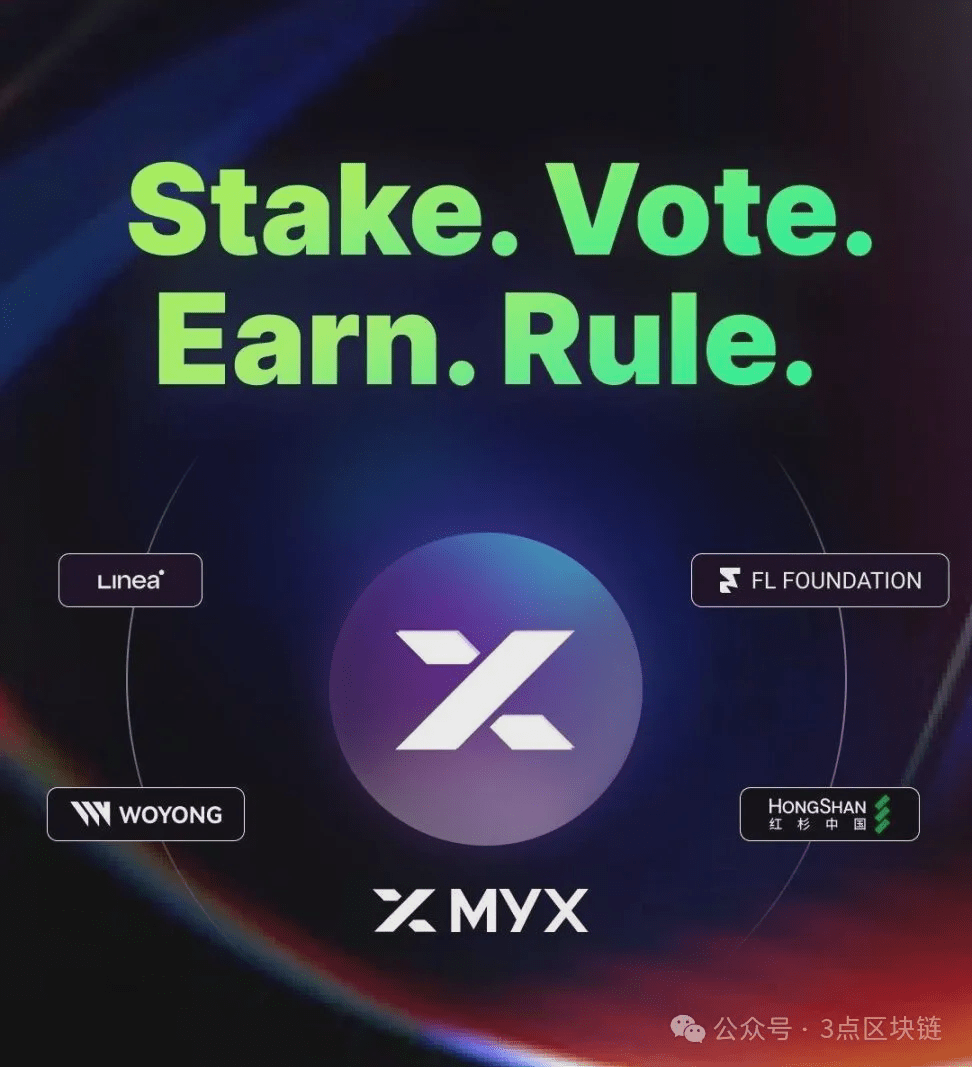
Earlier, at the end of May 2025, the MYX node staking system 'Keeper System' was officially launched. Layer 2 public chain Linea and Sequoia China participated in the node election. This system constructed a closed-loop value: node income is directly used to repurchase MYX tokens to reward stakers.
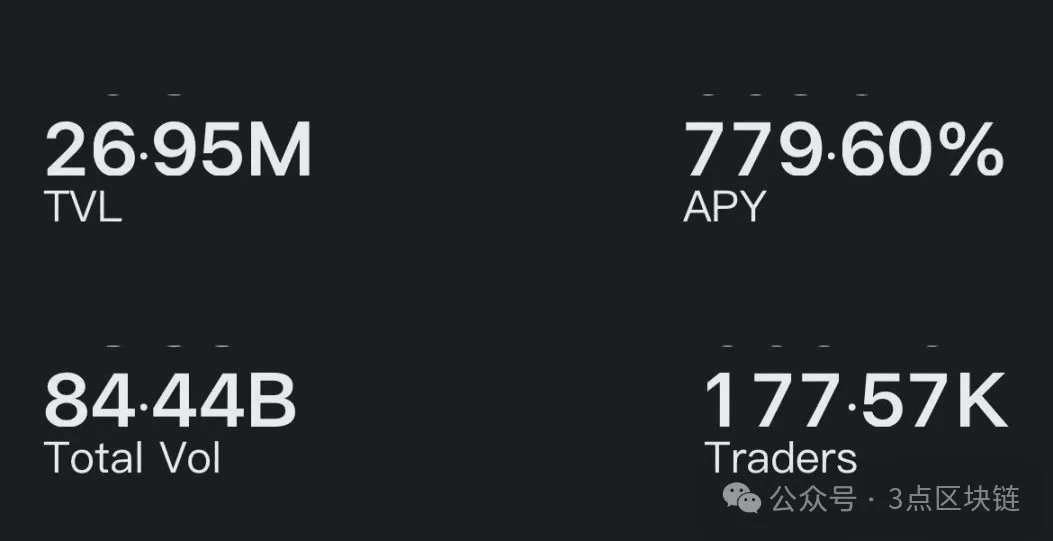
The official website shows that the total locked value (TVL) of MYX.Finance has reached nearly $27 million. The total trading volume has exceeded $84 billion, with over 170,000 users.
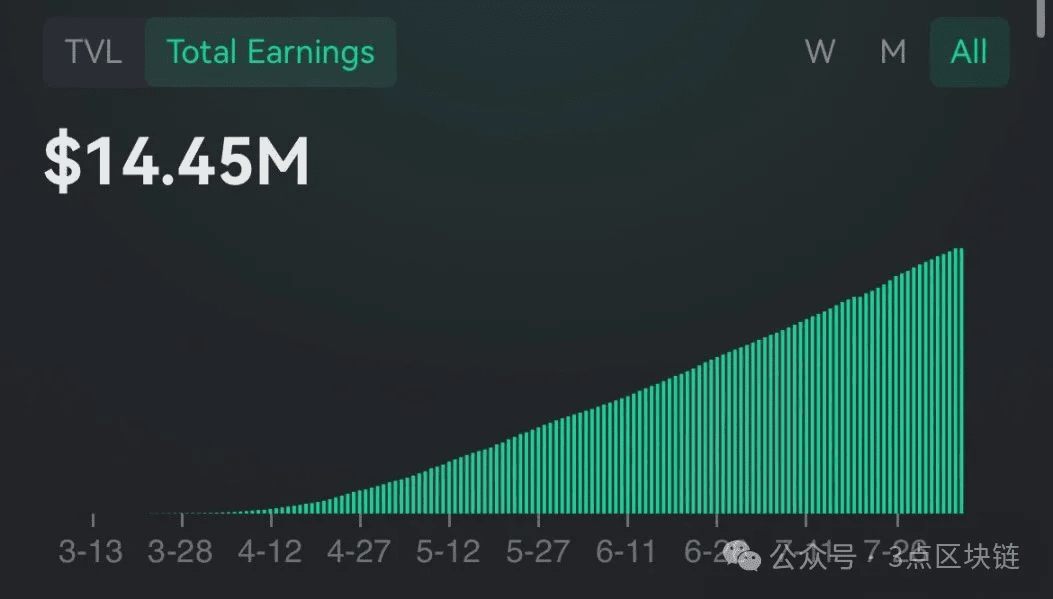
At the same time, the official website shows that the total income of MLP's liquidity providers has continued to climb, rising from $35,000 on April 1, 2025, to now $14.45 million. These numbers serve as a footnote to the ecosystem's vibrancy.
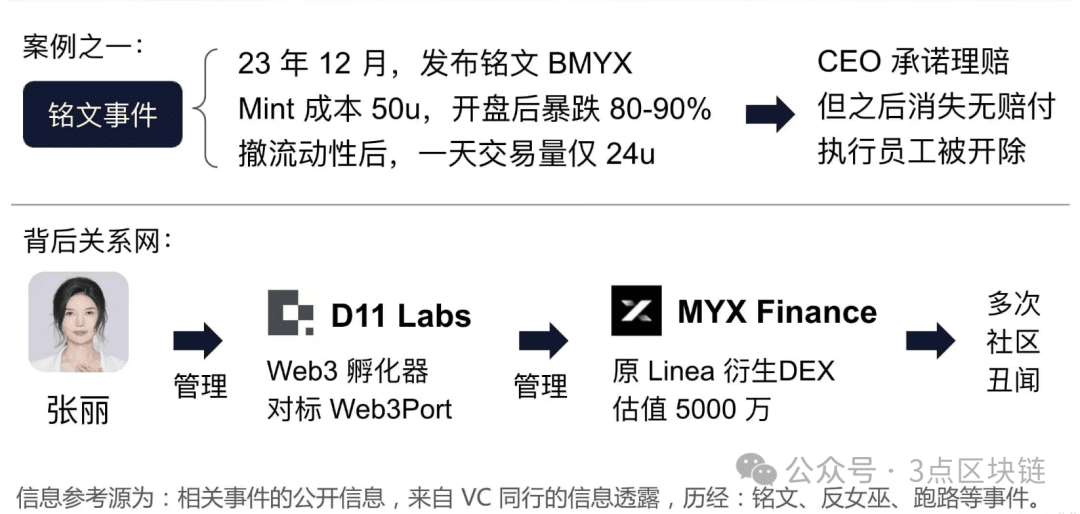
However, behind the glamour, there are controversies and turmoil. In 2023, the BRC-20 inscribed token BMYX associated with MYX.Finance experienced troubles and was accused by users of 'harvesting'. In response to the doubts, MYX.Finance's CEO Mark Zhang publicly promised compensation. By the end of May 2025, the team announced that the compensation for BMYX holders would be distributed according to the plan. The plan specified: 30% in USDT equivalent stablecoins + 70% in MYX tokens (unlocked in stages). The team stated that they also reserved 4% of the total token supply for future dynamic adjustments to compensation to ensure fairness.
4. The meat grinder of crazy volatile contract funding rates MYX
Why should you be cautious when dealing with altcoin contracts? Just look at these crazy funding rates, and you'll know how exploitative they are.
Take the recently popular MYX as an example, the funding fee is actually charged once every hour, directly taking away 2% each time — this is not a small amount. The key is that this fee is calculated based on the nominal value of the position: for example, if you open a 10x leverage position with $100, your position is $1,000, and each funding fee is $20. After five hours, the $100 principal is completely eaten away, not counting the opening fee.
The handling fees are also charged based on nominal value, with market price opening fees of about 0.004%. For a 10x leverage position with $100, just the handling fee would deduct $8, meaning you're already at an 8% loss before even starting to operate, which is very discouraging.
What's worse is the capital utilization rate with high leverage. 100x leverage looks impressive, but the actual usable capital is only 60% — it's like borrowing $100 but only getting $60, while the interest is calculated on the full $100. Who wants to be that big fool? Want to make money? You have to fill that 40% 'interest pit' first.
This is why most experienced players only trade with 10x or 20x leverage: within 20x, the capital utilization rate can reach 95%, allowing for a small profit to break even. All exchanges have forced liquidation mechanisms; at 100x leverage, a 60% loss leads to liquidation directly, while for 20x, you need to lose 95% to trigger it. High leverage combined with volatile markets makes holding positions longer feel like being thrown into a slow grinder, gradually wearing you down.
Many people think 'as long as the price comes back, the money will come back', which is purely an illusion. High-frequency funding fees under leverage have a compound interest effect; even if the price remains unchanged, MYX's funding fee can consume your 5x margin in just one day. Even if you get lucky and earn 5 times, after deducting the fees, you would actually still be at a loss, equivalent to having worked hard for nothing.
Moreover, exchanges have automatic liquidation mechanisms, and those legendary trades that multiply several times actually have little capital involved. Exchanges simply do not allow you to earn too much; if you use a leverage above 20 times, it will automatically reduce your position: if you open a 20x position with $100, it will liquidate part of your position when the price rises to a certain level, continuing to reduce until it's around 30x. The higher the leverage, the faster you die.
In contrast, Bitcoin and Ethereum have many institutions, companies, and even national regulations monitoring them, so their rates have remained stable at around 0.01%. But altcoins are different; you are essentially gambling directly with the project parties and platforms, which can operate behind closed doors. MYX's funding fee of 2% per hour is more than a thousand times the normal rate, which is not just harvesting but clearly uprooting.
Now, talking about handling fees, the fees for market price closing and opening are 0.0005. If you open a position with 100x leverage for $100, your position is $10,000, and the total fee for a round trip would be $10, which is 10% of the total capital. High leverage also carries a deadly risk: large forced liquidation orders can tear apart the order book, directly causing 'price spikes' that trigger chain liquidations. The crash from $42,000 to $30,000 on May 19 was a result of this.
Different exchanges have different depths, and the severity of the price spikes varies, but they all have early liquidation mechanisms: you may still have 40% of your principal, but they will liquidate you directly, turning that 40% into profits for the exchange — the worse you lose, the more they earn.
So, it's really advisable for everyone to stay away from altcoin contracts. On the surface, they seem to offer high profits, but in reality, they are full of invisible pits; once you fall in, you become the harvested chives and can't escape.
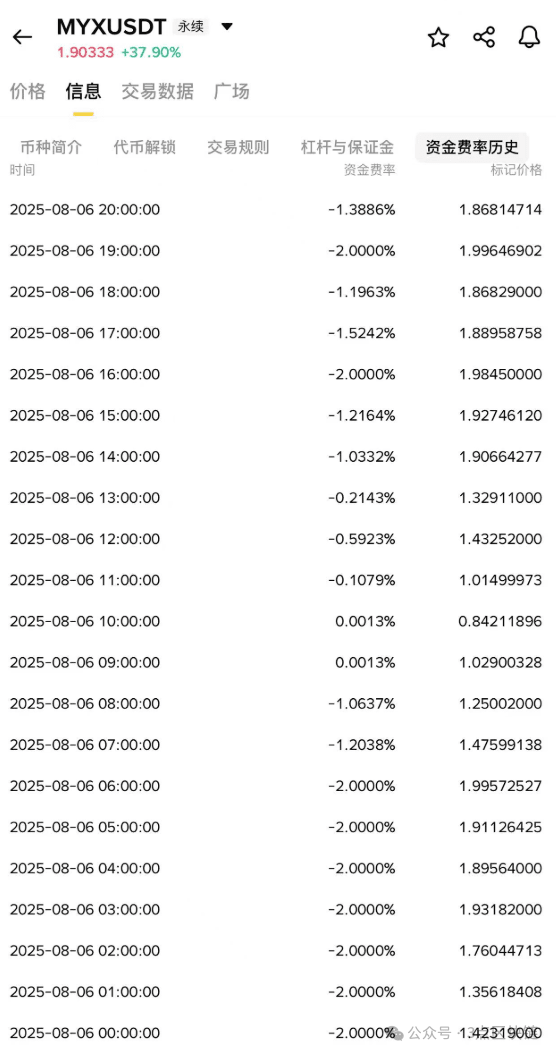
Everyone knows it’s a trap, but everyone wants to fish in it, yet it’s possible to end up with a fishbone.
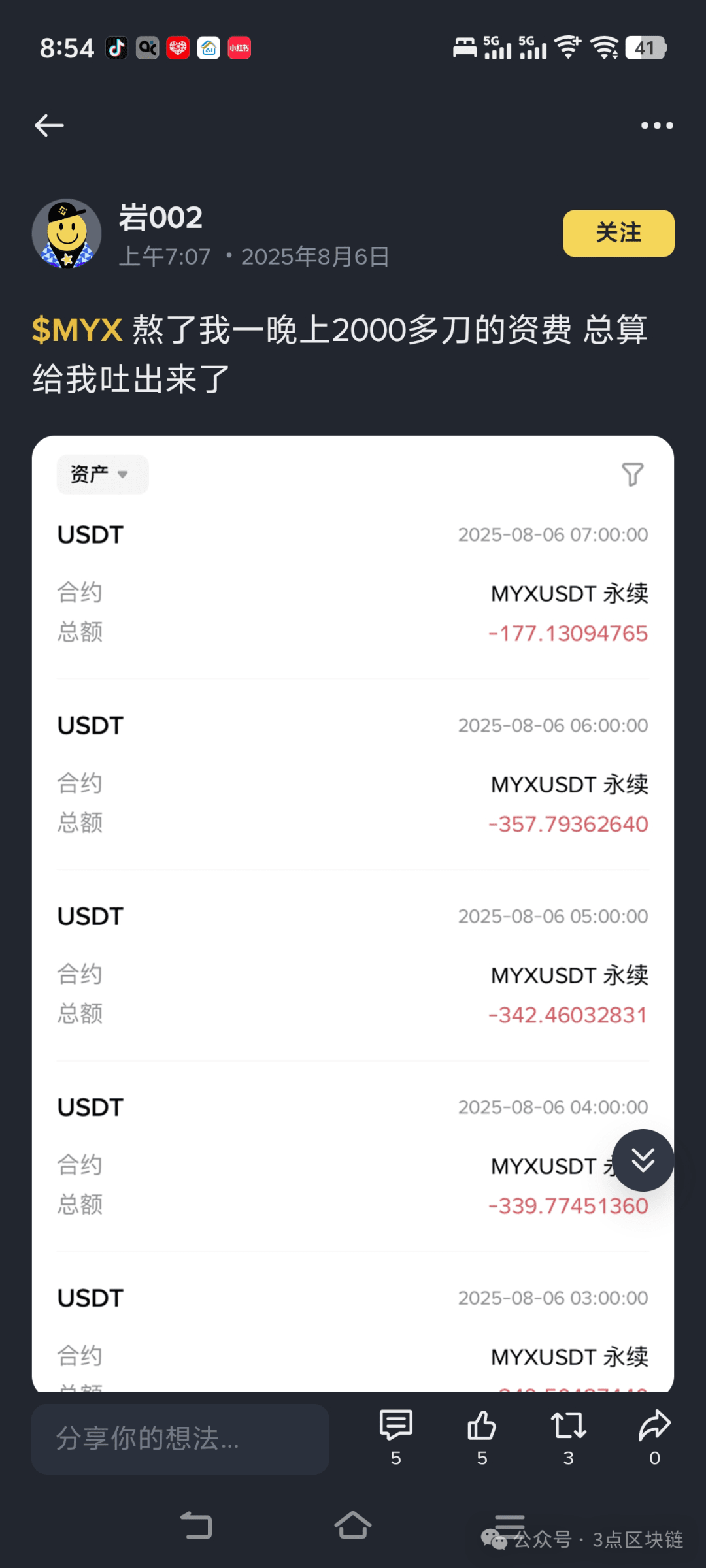
Some Web3 exchanges even have rates higher than the 2% charged once every hour, with some reaching 4%. Such blatant grabbing makes the situation difficult to manage, as the margin for error within an hour is very low. If you want to capture more gains, you must hold positions longer, but holding longer undoubtedly leads to the continuous deduction of high funding rates!
So, dear ones, what good methods do you have when encountering such frequently fluctuating coins?
